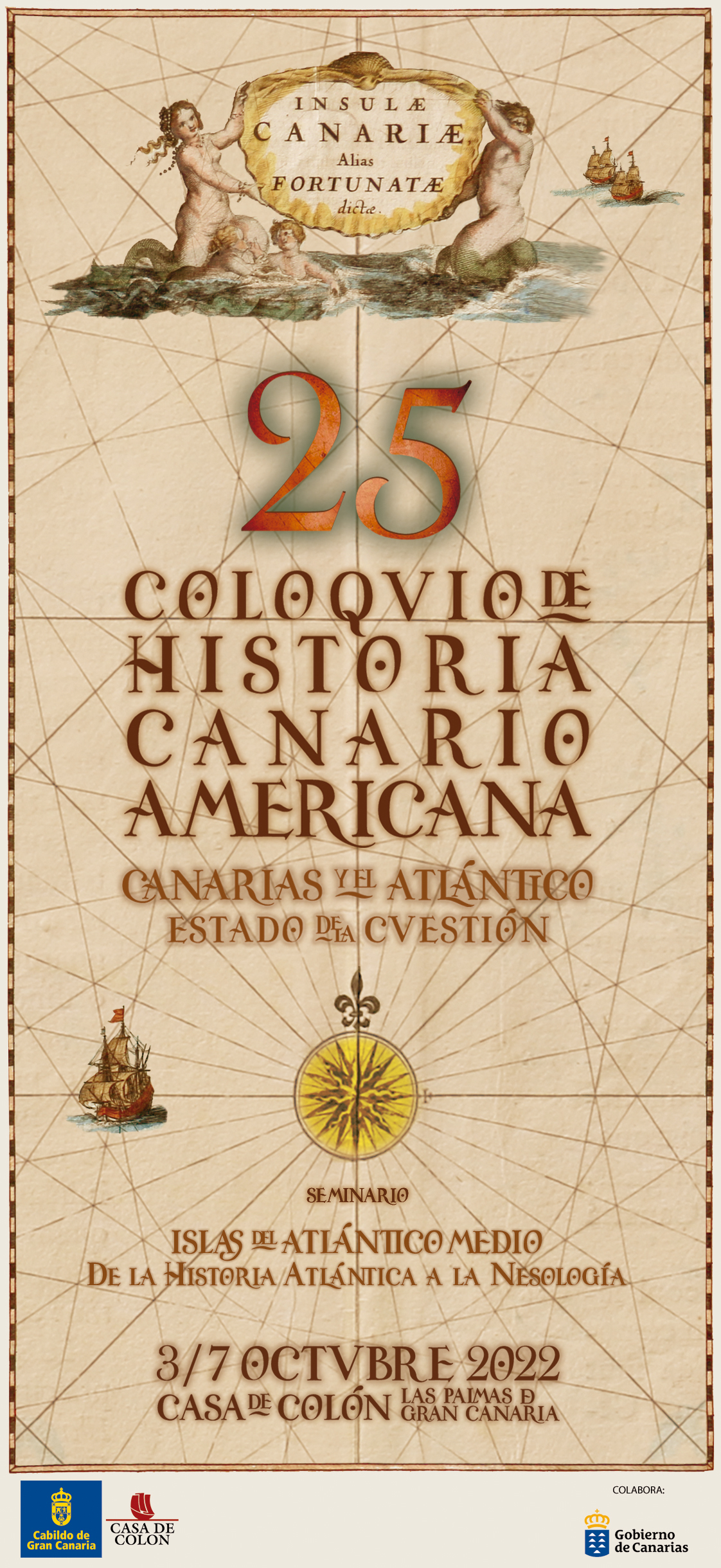Migración transnacional, transculturacion e identidad atlántica: reflexiones sobre la tabanka caboverdiana / Transnational Migration, Transculturation and Atlantic Identity: Reflections on the Cape Verdean Tabanka
Resumen
La Tabanka de Cabo Verde, archipiélago africano del Atlántico Medio, constituye un fenómeno que podemos caracterizar como «un hecho social total» en términos del antropólogo francés Marcel Mauss1 . «Es una institución social de componentes socioeconómicos. Se llevó a cabo en el marco de un ritual de inversión simbólica y de integración cultural en una estructura de clases; sinónimo de hermandad o cofradía se puede considerar como un fenómeno cultural de carácter sincrético religioso, africano y católico», y, tal como denominara el historiador cubano Fernando Ortiz2 , constituye «un fenómeno de transculturación»; más recientemente, se ha convertido en «un festival, consistente en un acontecimiento cultural donde se hacen presentes reyes, reinas, cautivos, un médico, el ladrón, una novia, un cura; y en un género musical caracterizado por tener un andar allegro, un compás binario, y tradicionalmente ser apenas melódico, siendo cantado sin acompañamiento polifónico. Ya que se celebra tanto dentro como fuera del país, se puede caracterizar como un verdadero fenómeno de identidad étnica».
The Tabanka of Cape Verde, an African archipelago in the Mid-Atlantic, constitutes a phenomenon that we can characterise as «a total social fact» in the terms of the French anthropologist Marcel Mauss. «It is a social institution with socio-economic components. It took place within the framework of a ritual of symbolic investment and cultural integration into a class structure; synonymous with brotherhood or confraternity it can be considered as a cultural phenomenon of syncretic religious, African and Catholic character», and, as the Cuban historian Fernando Ortiz called it, it constitutes «a phenomenon of transculturation"; More recently, it has become «a festival, consisting of a cultural event where kings, queens, captives, a doctor, a thief, a bride, a priest are present; and a musical genre characterised by having an allegro gait, a binary meter, and traditionally being barely melodic, being sung without polyphonic accompaniment. Since it is celebrated both inside and outside the country, it can be characterised as a true phenomenon of ethnic identity».




